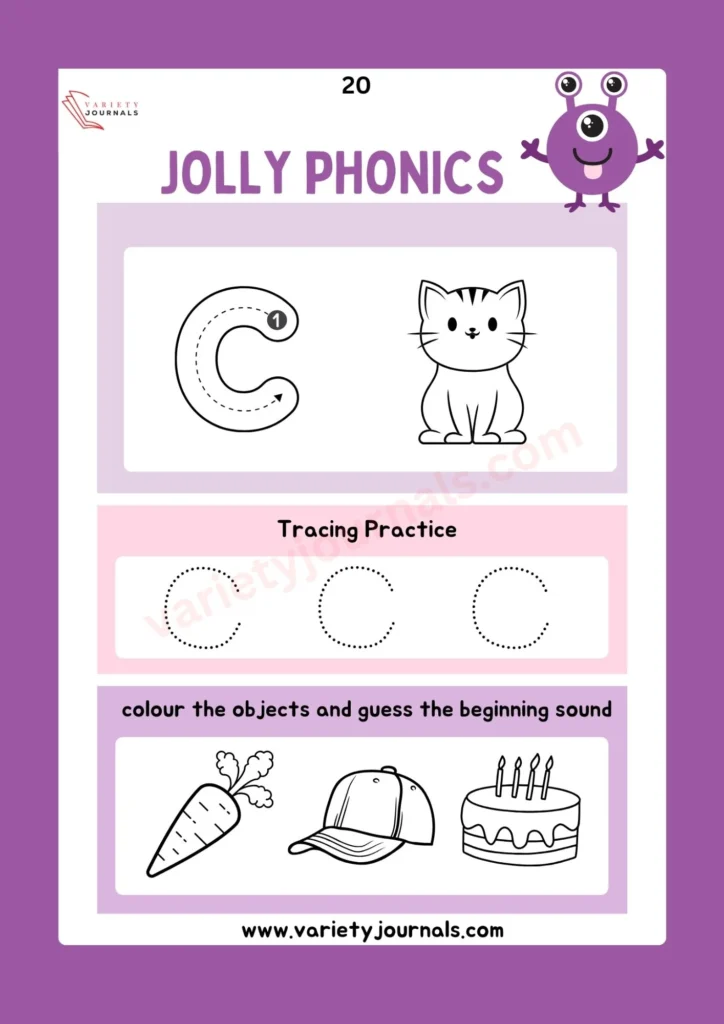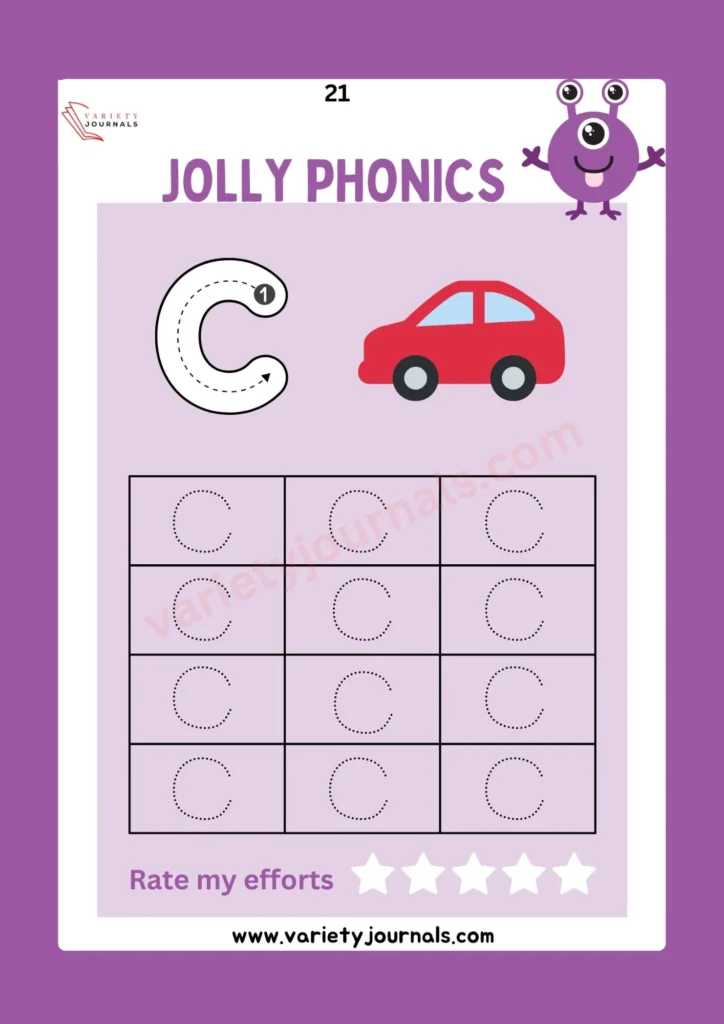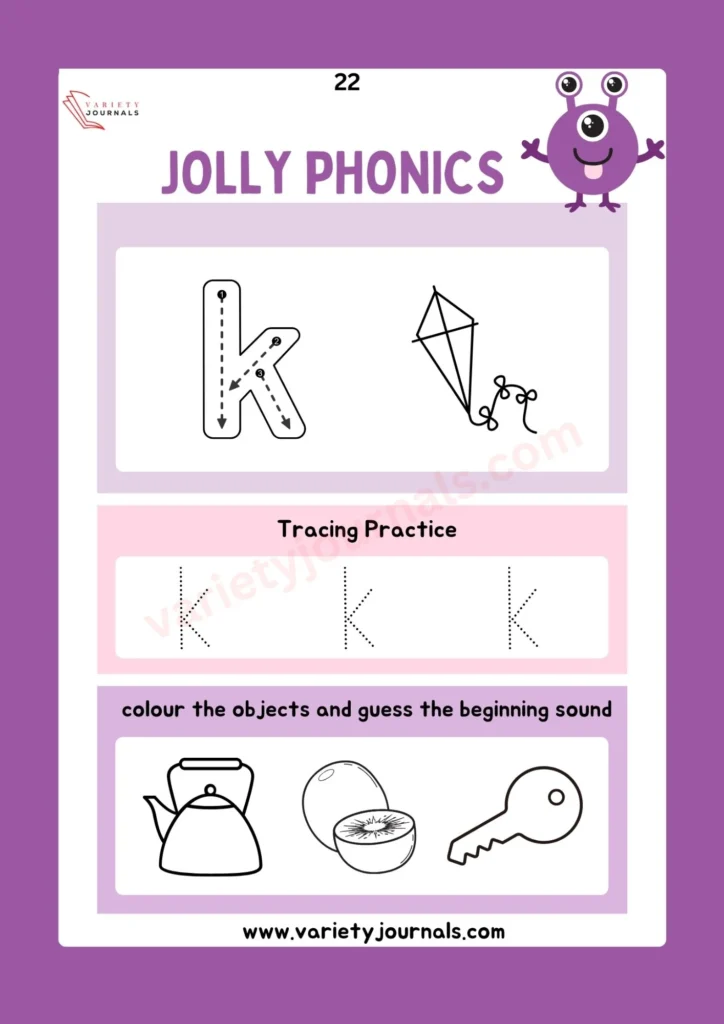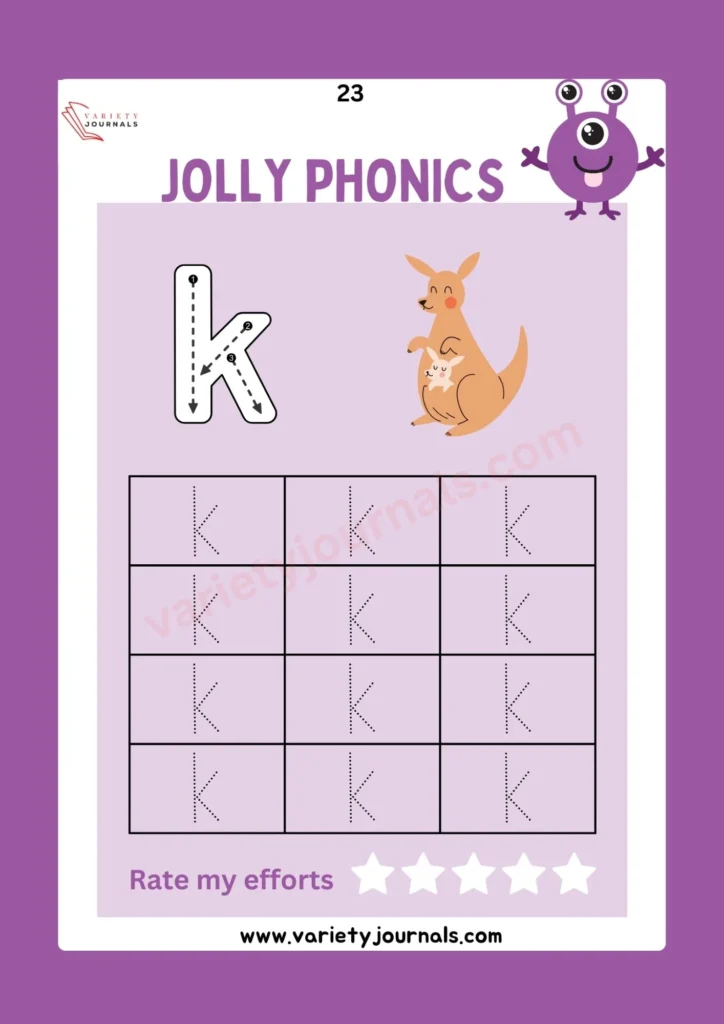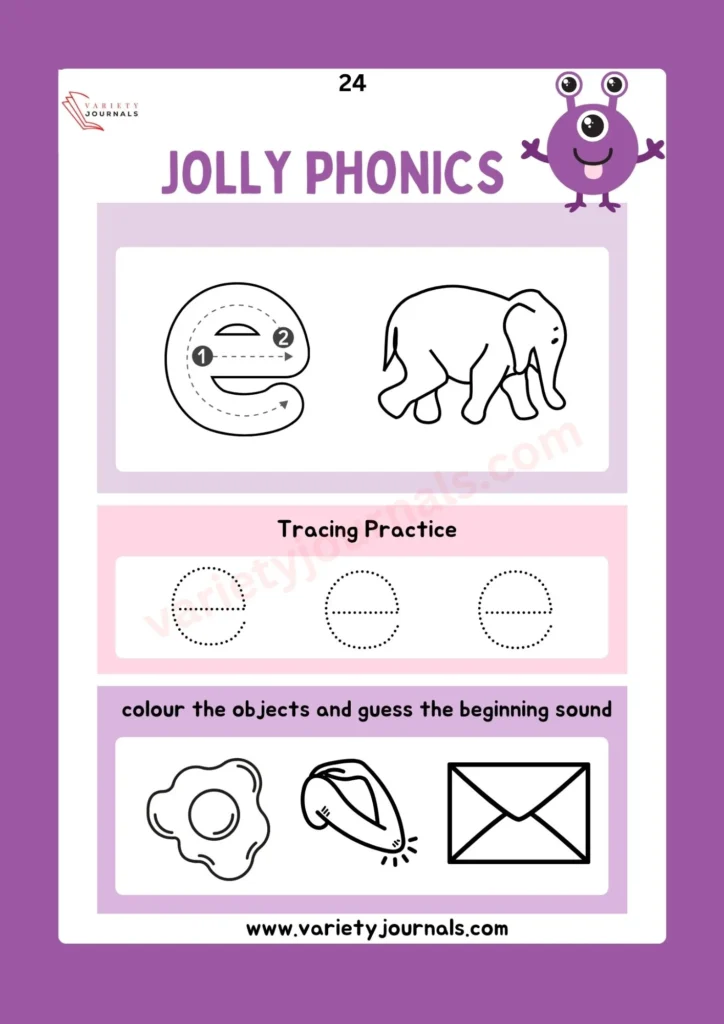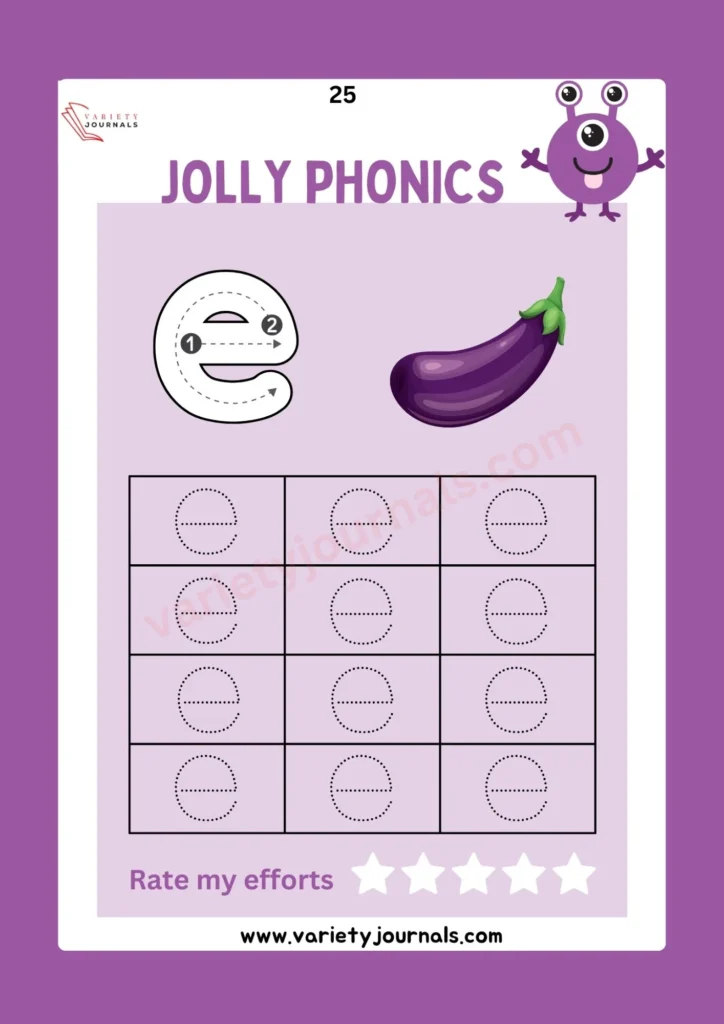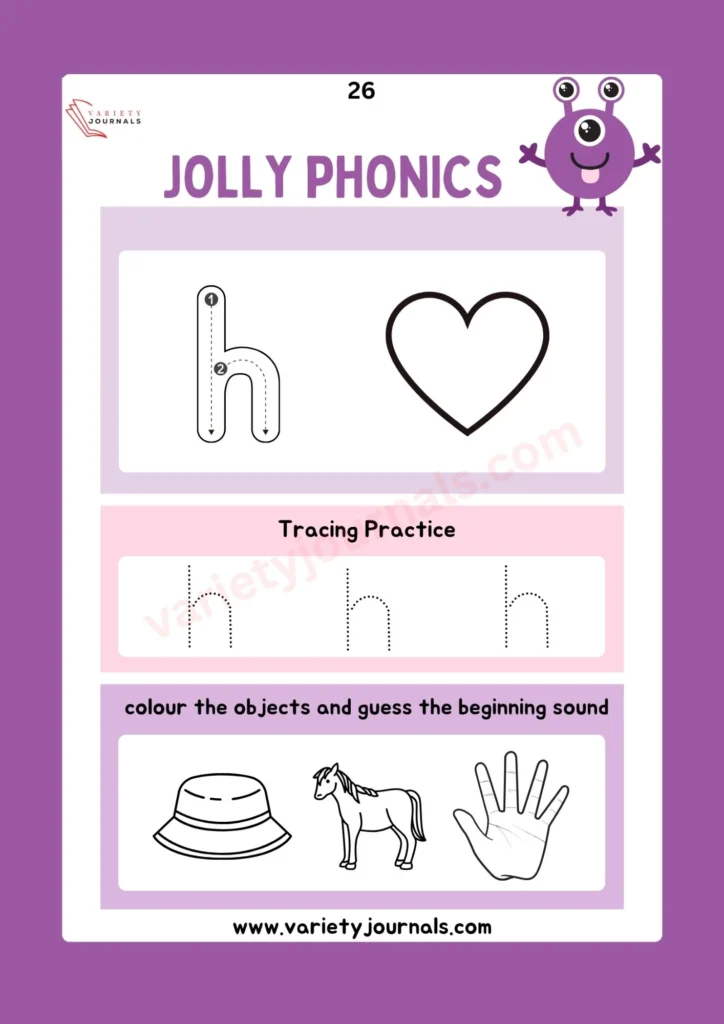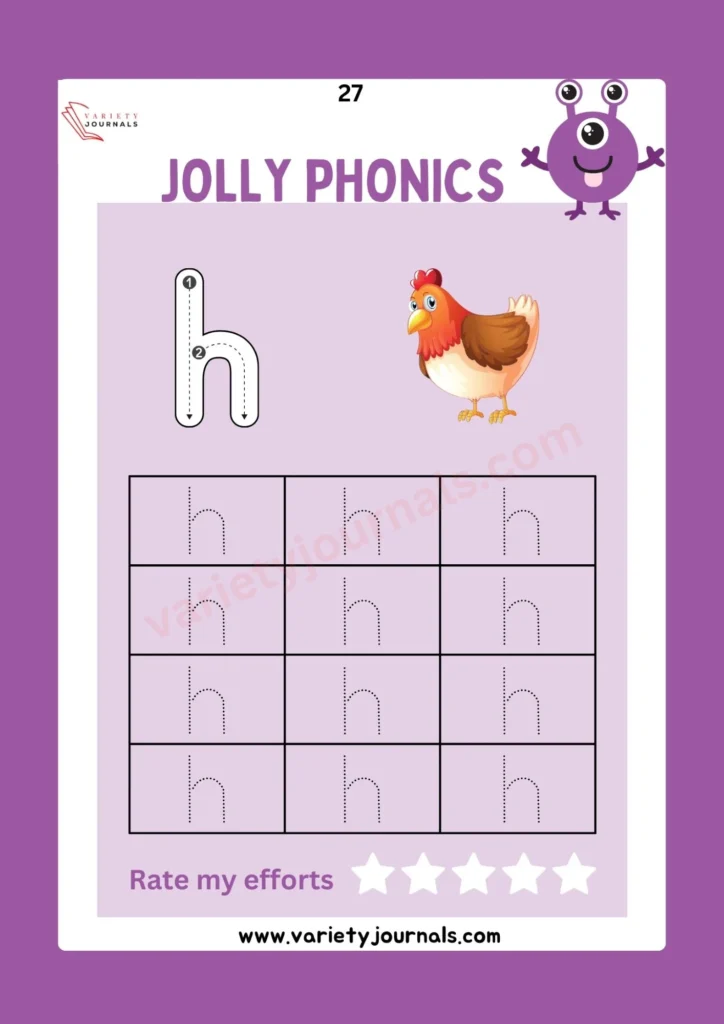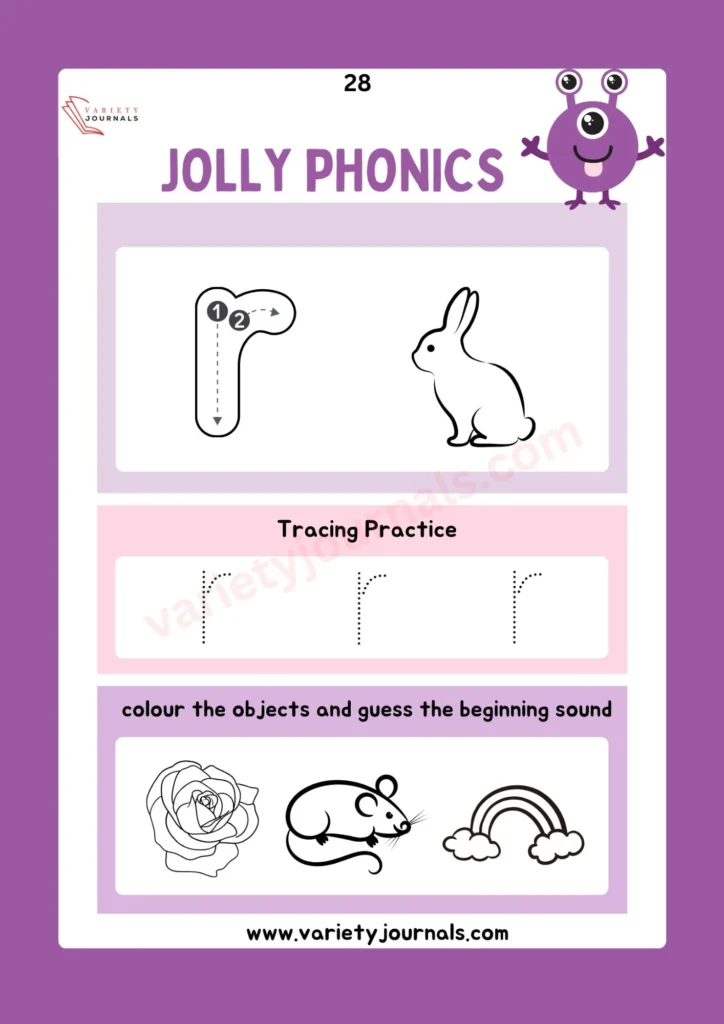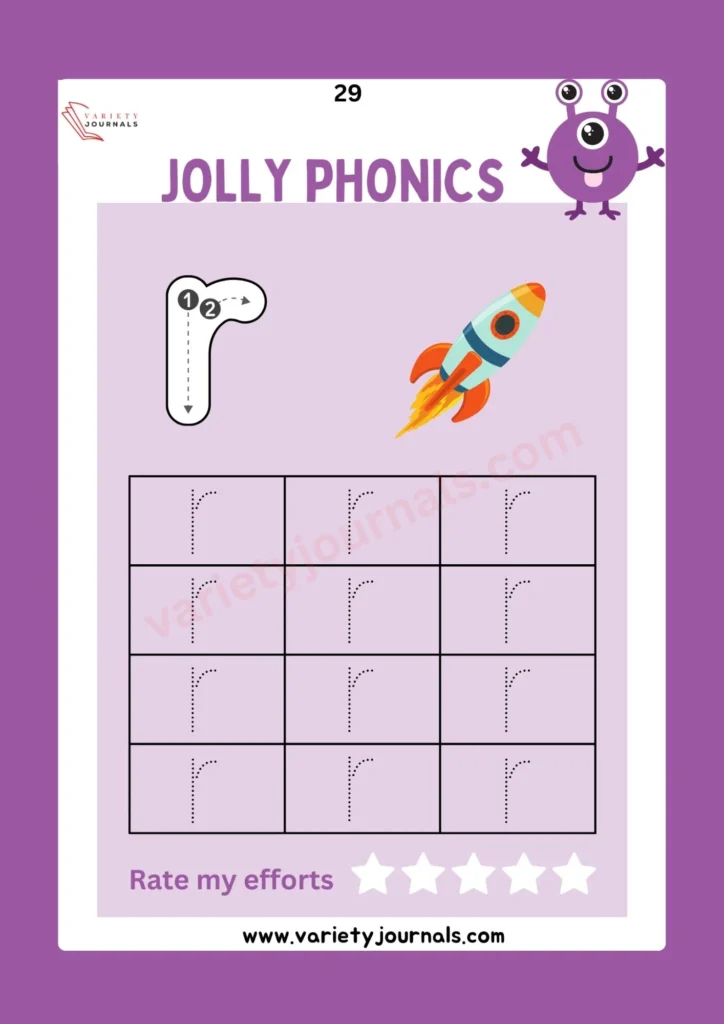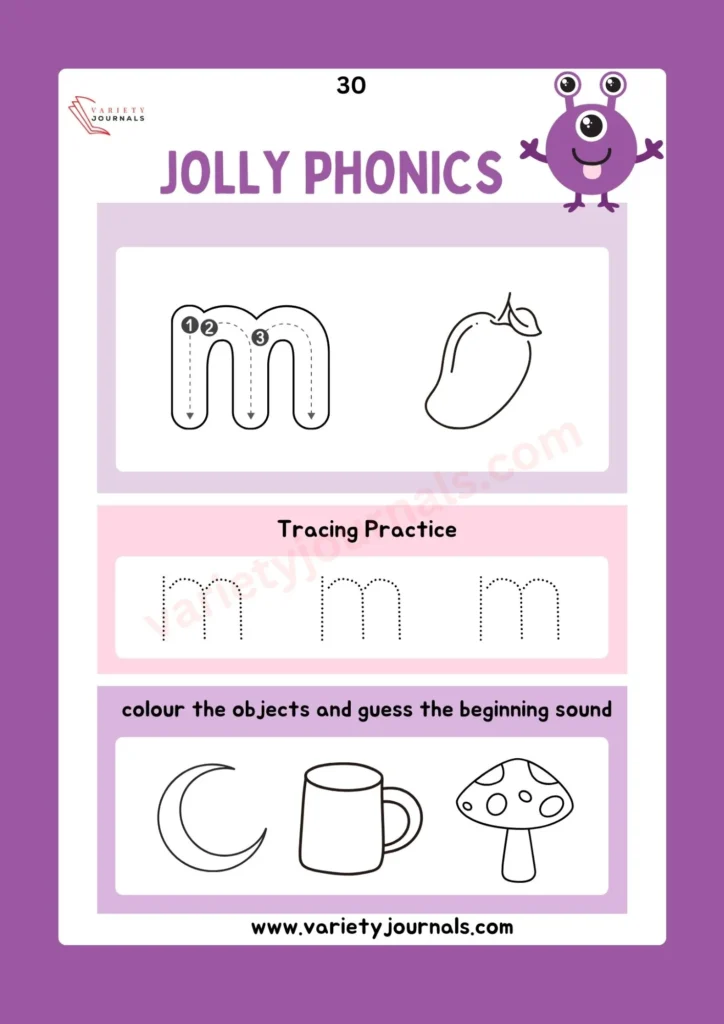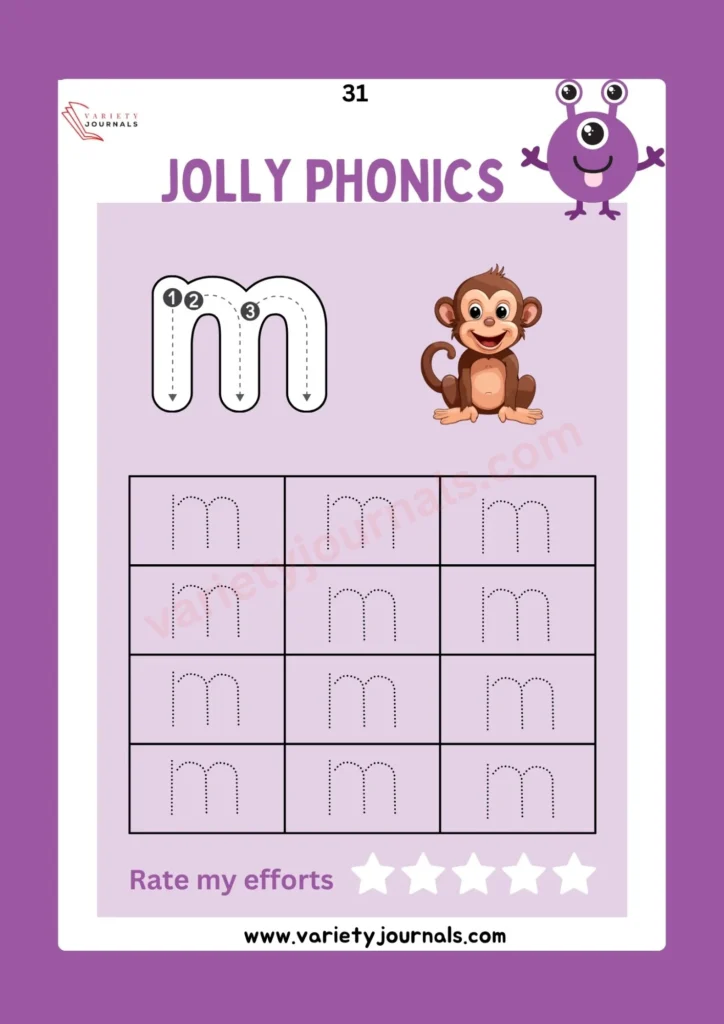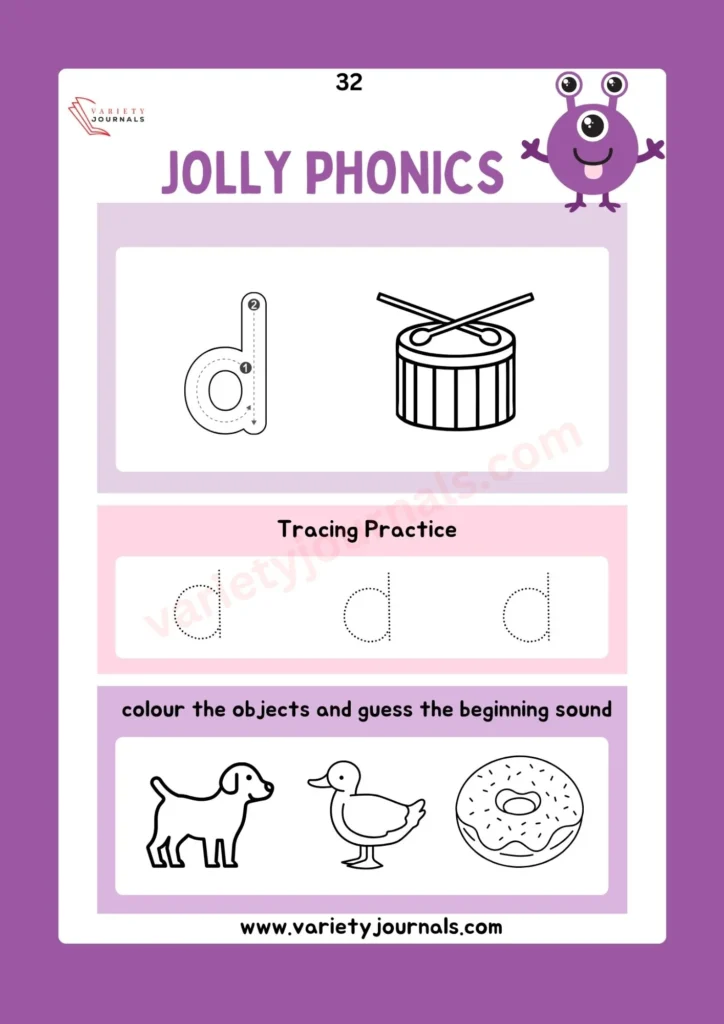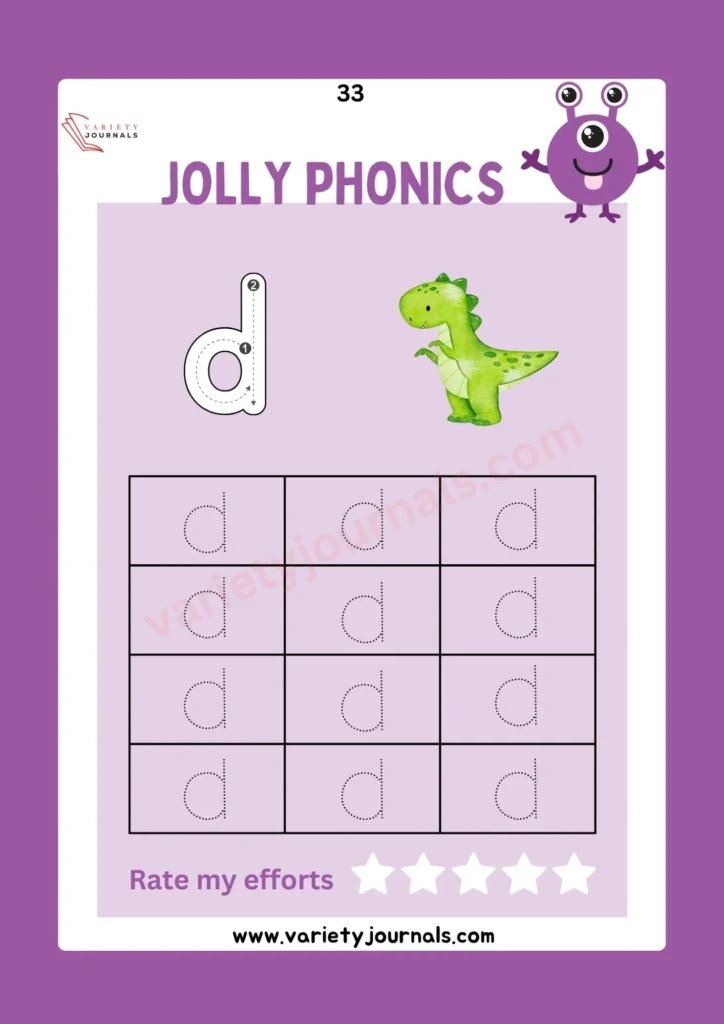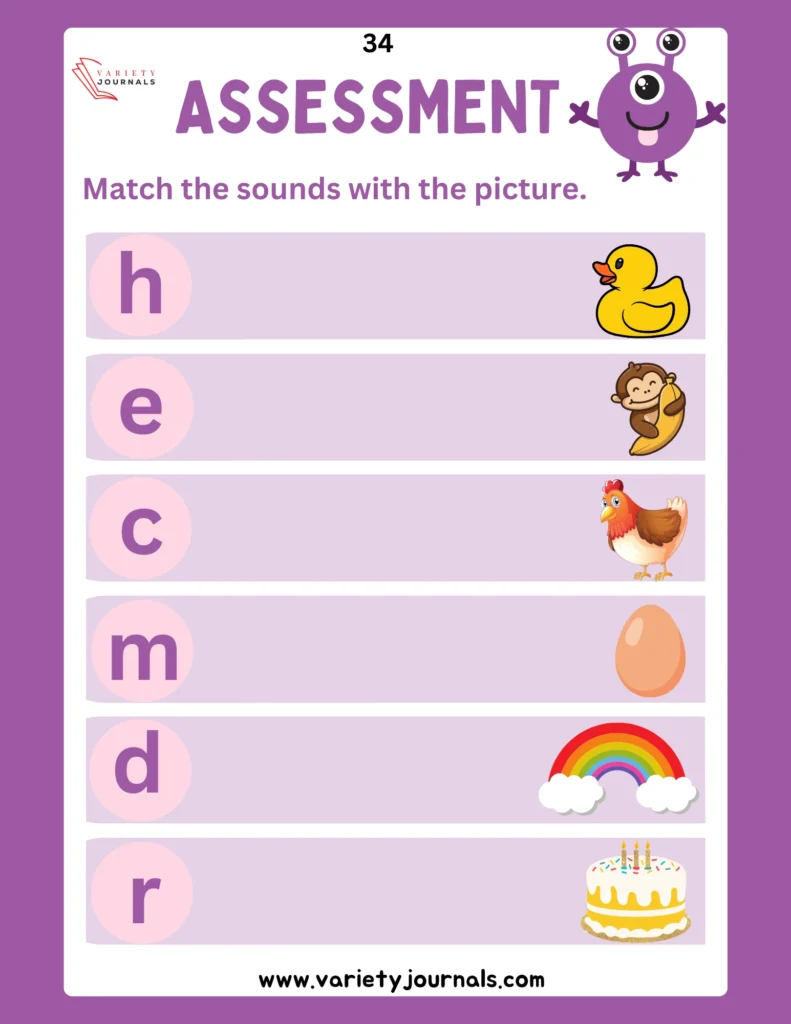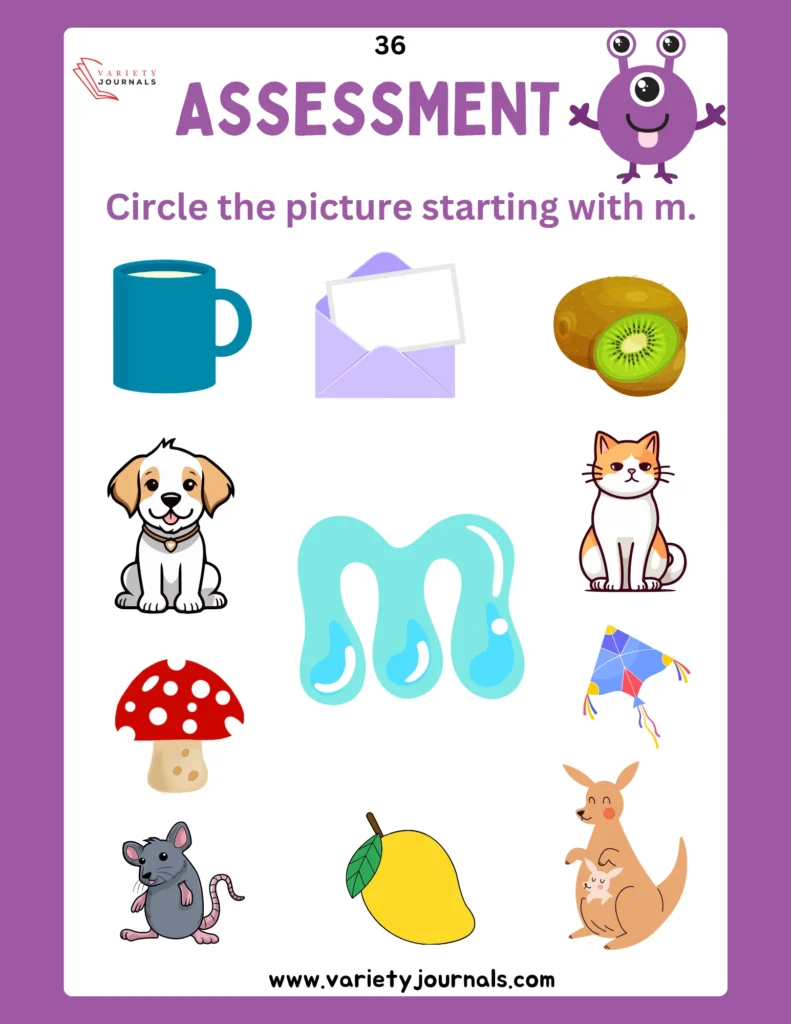Visited 8,280 times, 1 visit(s) today
Jolly Phonics Group 2 Worksheets
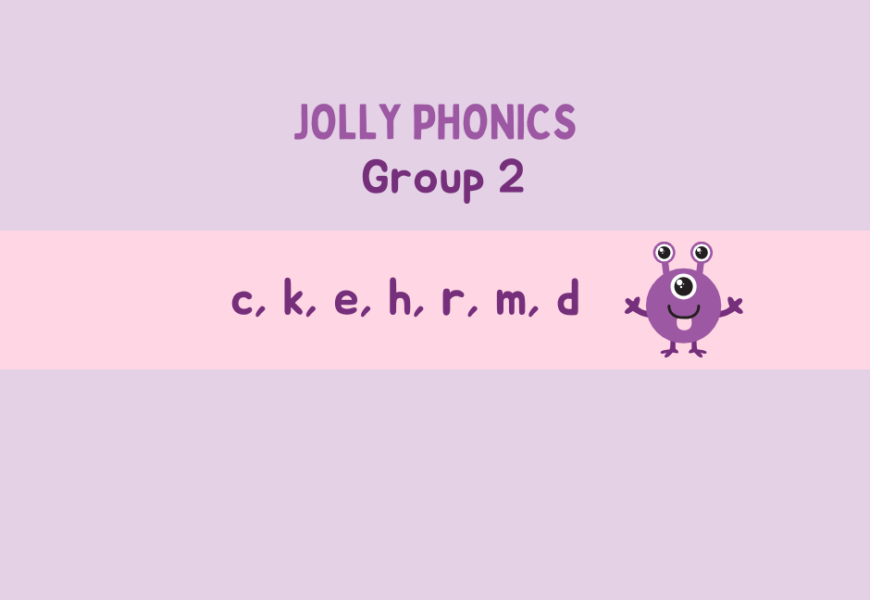

In the Jolly Phonics program, the introduction of sounds like “c, k, e, h, r, m, and d” is a critical juncture in the early literacy journey of young learners. These foundational sounds are part of Group 1 and Group 2, where students embark on their phonics adventure, laying the groundwork for successful reading and writing. “c” and “k” sounds are introduced first, offering students insight into the versatile roles these letters play. The vowel sound “e” follows, guiding children toward blending sounds to read and write words. Subsequently, consonant sounds “h,” “r,” “m,” and “d” are introduced, expanding the repertoire of sounds they can manipulate and incorporate into their reading and writing endeavors. These sounds are integral to building a robust phonetic foundation, and employing the right teaching methods and resources is essential for optimal learning.
In Jolly Phonics Group 2, children are introduced to more sounds and it covers c, k, e, h, r, m, and d sounds.
Begin by introducing each sound individually. For “c” and “k,” explain that these letters can create the same sound, like in “cat” and “kite.” For “e,” emphasize the vowel sound it produces, similar to the mouth shape when forming the letter. For “h,” discuss how it’s like a gentle breath out, and for “r,” show the tongue’s vibration when pronouncing it. For “m” and “d,” explain how the mouth is involved and the different airflow.
Jolly Phonics often employs actions or visual cues to help children remember sounds. For “c” and “k,” demonstrate the “curling a caterpillar” action, for “e,” form a circular mouth shape, for “h,” mimic the exhale of a breath, for “r,” imitate the tongue’s vibration, and for “m” and “d,” use hand gestures to show the mouth’s involvement.
Provide words that contain these sounds, such as “cat,” “kite,” “egg,” “hat,” “rat,” “man,” and “dog.” Encourage students to identify the sounds within these words.
Engage students in reading and writing exercises using words with these sounds. Let them practice writing words and sentences that contain “c, k, e, h, r, m, and d.”
Incorporate interactive games and activities that reinforce the sounds, such as word bingo, matching games, or word hunts.
Our specially designed worksheets aim to make the learning journey for “c, k, e, h, r, m, and d” sounds both enjoyable and effective. These worksheets provide a structured, hands-on approach to learning these sounds and offer opportunities for students to practice recognizing, reading, and writing words containing these sounds. Through tracing exercises, students develop fine motor skills while reinforcing their knowledge of letter formation. The colorful and engaging design of the worksheets encourages active participation and makes learning fun.
Moreover, our worksheets align with the principles of Jolly Phonics, which emphasize multi-sensory learning, active engagement, and phonics mastery through consistent practice. They are a valuable resource for both educators and parents to support young learners in building strong phonetic and early literacy skills. By incorporating these worksheets into the learning process, students can consolidate their understanding of “c, k, e, h, r, m, and d” sounds, further enhancing their reading and writing capabilities. These resources provide a comprehensive and enjoyable way for children to become confident and proficient readers and writers.
